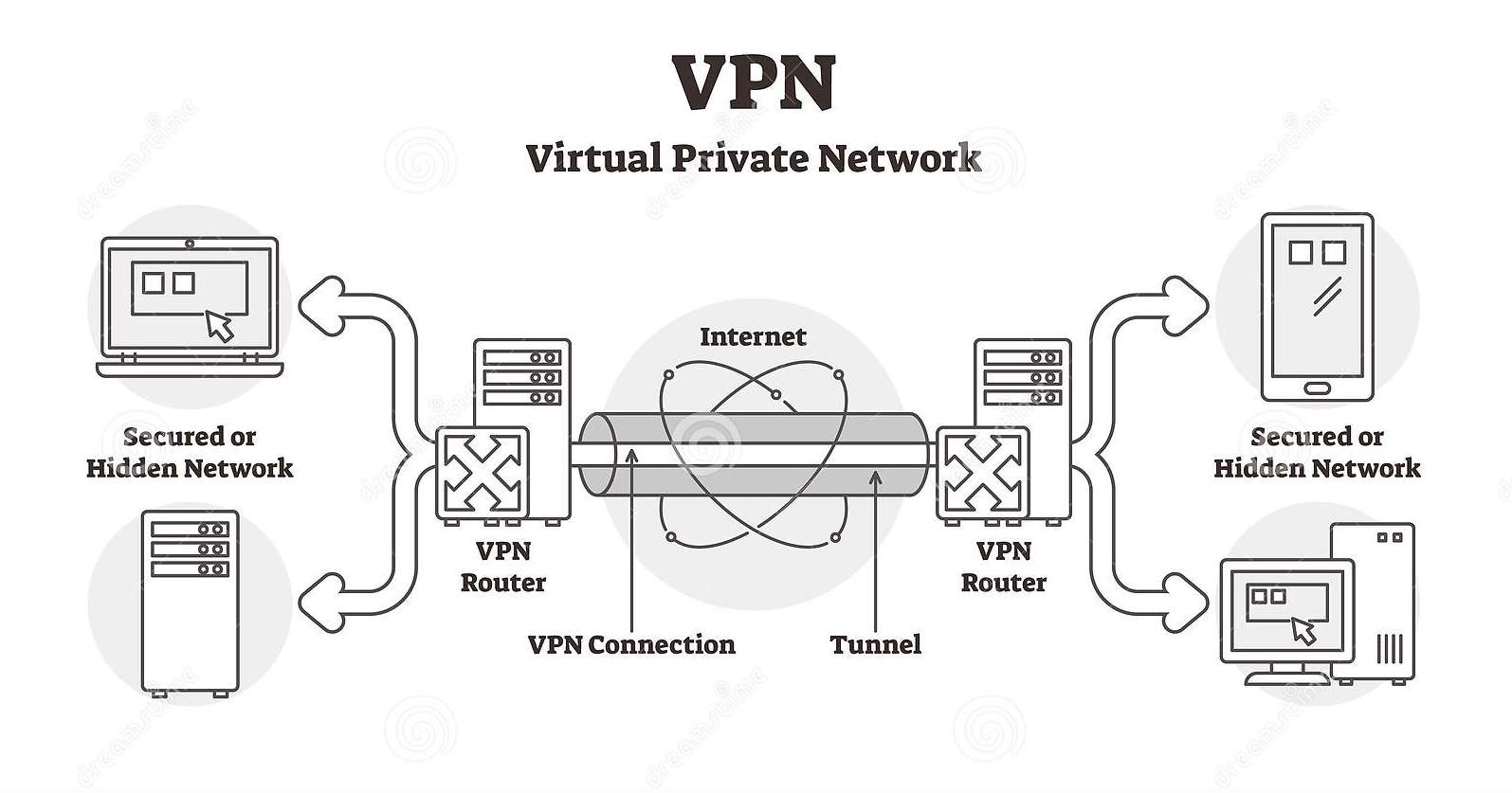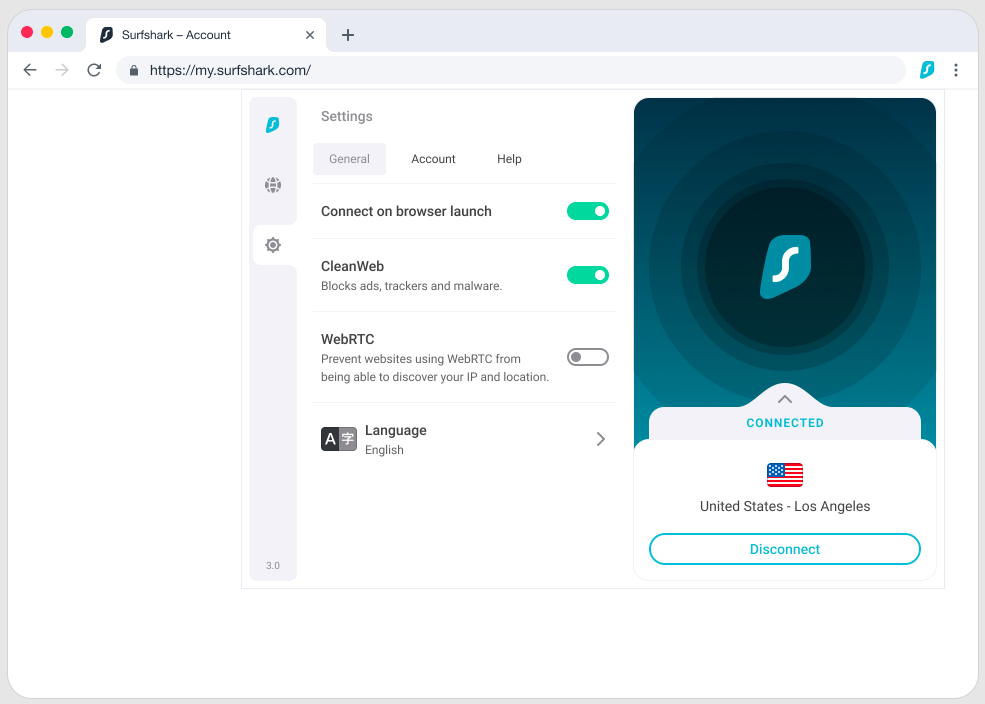Virtual Private Networks (VPNs) have been around for a while, and they’ve come a long way since their utilization in the late 1990s. In the beginning, only large organizations used VPNs to establish secure connections for their employees. However, as technology advanced, VPNs became more affordable and accessible which meant more companies started using them.
As more people use the internet for sensitive transactions such as online banking and , the need for a secure connection has become paramount. VPNs encrypt data as it travels over the internet, ensuring that sensitive information remains private. One other factor that has contributed to the widespread use of VPNs is people working from home or traveling for their job. VPNs have become an essential tool for getting on a company network and using their resources securely. VPNs also enable employees to use public Wi-Fi hotspots without exposing their data to cybercriminals.
Understanding the Basics of VPNs: How Do They Work?
The graphic above shows the basic way your information travels if you are using a VPN. But how does this actually work?
Your computer first has to establish a connection with a VPN server, these servers are usually located in a different geographical location. This connection is encrypted which transforms everything from plain text to an unreadable jumble of letters and numbers. Once the connection is established all of your internet traffic will get routed through this VPN server. This means that secure connection you’ve created allows for everything that is being sent back and fourth on you computer can not be looked at. If your ISP (internet service provider) wanted to know your traffic they couldn’t even access it with this VPN connection.
The VPN then forwards your encrypted information to its final destination, this final destination can be another computer that is on a the same network or a server/ website that is on the internet. As this data passes through the internet it goes through a range of devices. This is includes routers, switches, firewalls and any other network infrastructure components. All of these systems are unable to read your data as well because its passing through them encrypted.
Heres is a condensed list form of this connection:
- The user initiates a connection to a VPN server by running a VPN software or configuring VPN settings on their device.
- The VPN software or device establishes an encrypted tunnel between the user’s device and the VPN server.
- All internet traffic from the user’s device is then routed through this encrypted tunnel to the VPN server.
- The VPN server decrypts the traffic and forwards it to its final destination (such as a website or server).
- When the destination receives the traffic, it processes it as if it were coming from the VPN server, rather than the user’s device.
- The destination then sends a response back to the VPN server, which encrypts the response and sends it back to the user’s device through the encrypted tunnel.
- The user’s device then decrypts the response and displays it to the user
VPNs work against Cyber Attacks
Here are some Cyber Attacks that VPN’s protect against:
- Man in the Middle Attacks (MitM) : In this kind of attack, a third party intercepts the communication between the user and the server, allowing them to steal sensitive information or inject malware into the connection. VPN’s stop this attack because data being transferred is encrypted and can’t be intercepted.
- DNS hijacking: DNS hijacking is a technique where an attacker redirects the user’s traffic to a malicious website by altering the DNS settings of their device.
- IP spoofing: IP spoofing is a technique used by attackers to disguise their IP address and impersonate someone else online. VPNs can help prevent IP spoofing by masking the user’s IP address with that of the VPN server
- Data theft: VPNs can help prevent data theft by encrypting the user’s internet traffic and making it much more difficult for attackers to intercept and steal sensitive information.
What VPN’s are Available
NordVPN: NordVPN is a virtual private network service provider that encrypts internet traffic and routes it through remote servers, thereby ensuring online privacy and security. It also allows users to access geo-restricted content by masking their location and identity
SurfShark: Surfshark is a VPN service that provides secure and private internet browsing by encrypting user traffic and hiding their IP address. It also offers additional features like ad-blocking and malware protection, and allows unlimited simultaneous connections on a single account


1 thought on “The Ultimate Guide to Privacy: How VPNs Work”
Comments are closed.